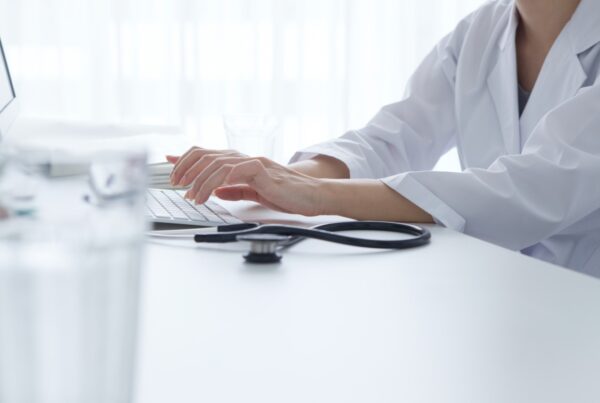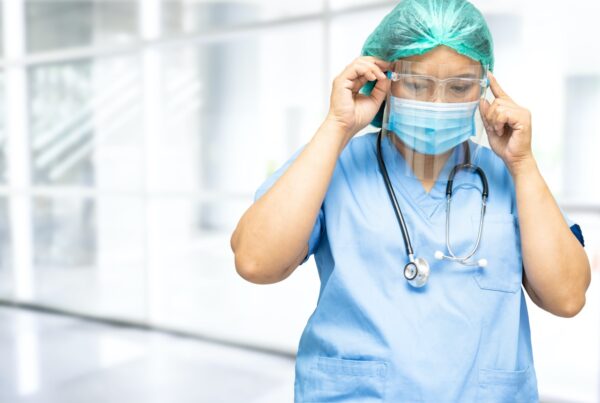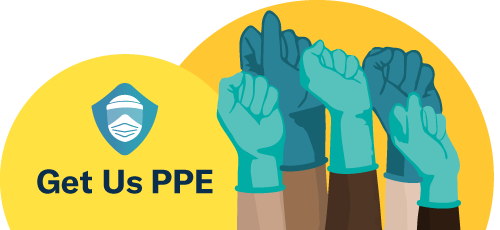The first way to help is to stay home and practice social distancing – this is the most effective way to curb the spread. The less people that get sick, the less strain there is on the healthcare system.
Stay home except to get medical care
- Stay home: Most people with COVID-19 have mild illness and are able to recover at home without medical care. Do not leave your home, except to get medical care. Do not visit public areas.
- Stay in touch with your doctor. Call before you get medical care. Be sure to get care if you have trouble breathing, or have any other emergency warning signs, or if you think it is an emergency.
- Avoid public transportation: Avoid using public transportation, ride-sharing, or taxis.
Separate yourself from other people in your home, this is known as home isolation
- Stay away from others: As much as possible, you stay away from others. You should stay in a specific “sick room” if possible, and away from other people in your home. Use a separate bathroom, if available.
Call ahead before visiting your doctor
- Call ahead: Many medical visits for routine care are being postponed or done by phone or telemedicine.
- If you have a medical appointment that cannot be postponed, call your doctor’s office, and tell them you have or may have COVID-19. This will help the office protect themselves and other patients.
If you are sick wear a facemask in the following situations, if available.
- If you are sick: You should wear a facemask, if available, when you are around other people (including before you enter a healthcare provider’s office).
- If you are caring for others: If the person who is sick is not able to wear a facemask (for example, because it causes trouble breathing), then as their caregiver, you should wear a facemask when in the same room with them. Visitors, other than caregivers, are not recommended.
Note: During a public health emergency, facemasks may be reserved for healthcare workers. You may need to improvise a facemask using a scarf or bandana.
SOURCE: CDC [https://www.cdc.gov/coronavirus/2019-ncov/if-you-are-sick/steps-when-sick.html]
If you are feeling ill and you would like to talk to a doctor, you can call your doctor’s office or see if they have telemedicine – both of these interactions do not require PPE to be worn.




